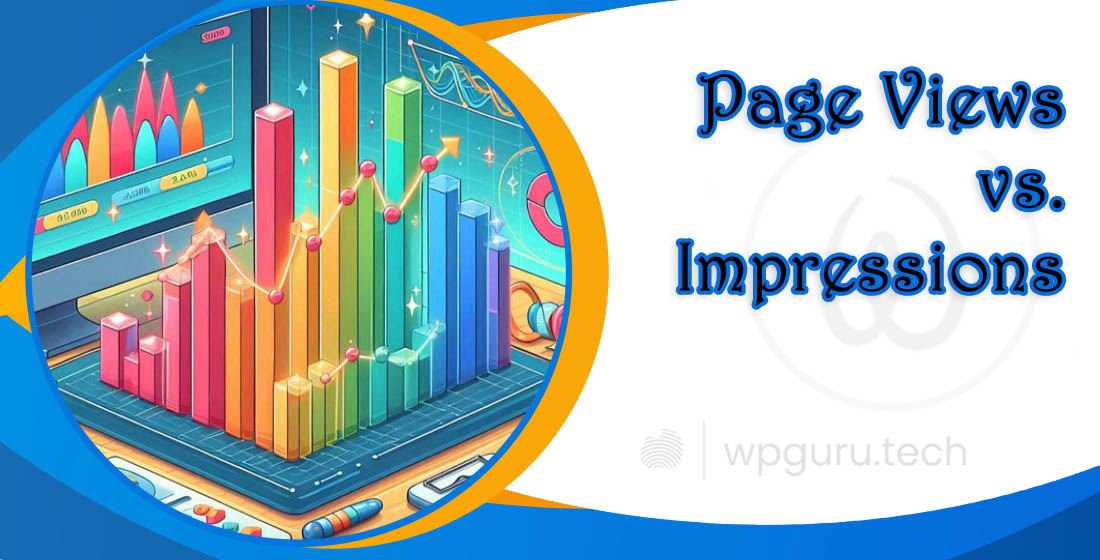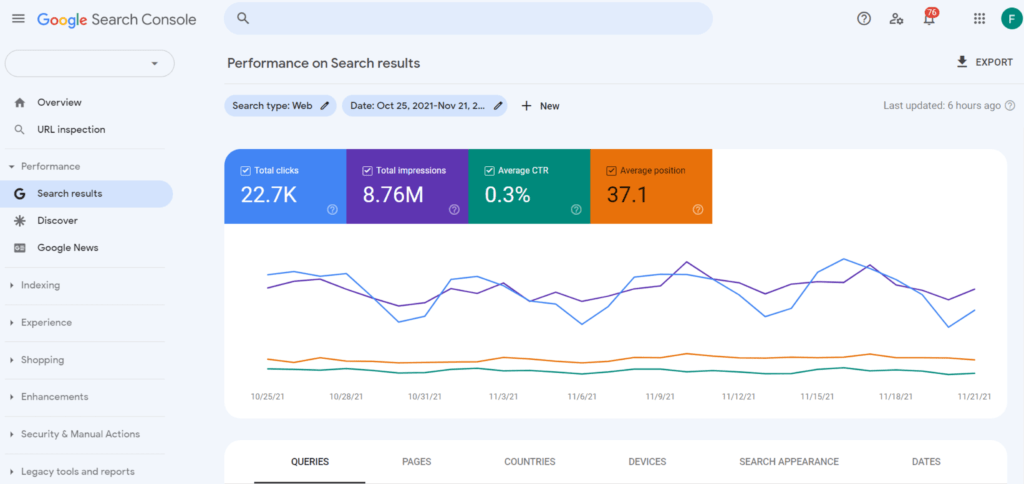Page Views vs. Impressions: Decoding Website Traffic Like a Pro
Have you ever stared at website analytics reports wondering what all those numbers mean? Well, fear not! Today we’re diving into two key metrics: page views and impressions. Understanding these will help you analyze your website’s performance and take your digital marketing to the next level.
Table of Contents
Imagine Your Website Like a Magazine:
Think of your website as a magazine. Each article or section is like a separate page.
Page Views: Every time someone picks up the magazine and opens to a specific article, that’s a page view. It tells you how many times your content is being viewed, just like how many times people are flipping through your website’s “articles.”
Impressions: Now, imagine there are cool ads scattered throughout the magazine. Every time someone opens the magazine to a page and sees one of those ads, that’s an impression. It doesn’t matter if they actually read the ad or not, just that it was displayed on a page they viewed.
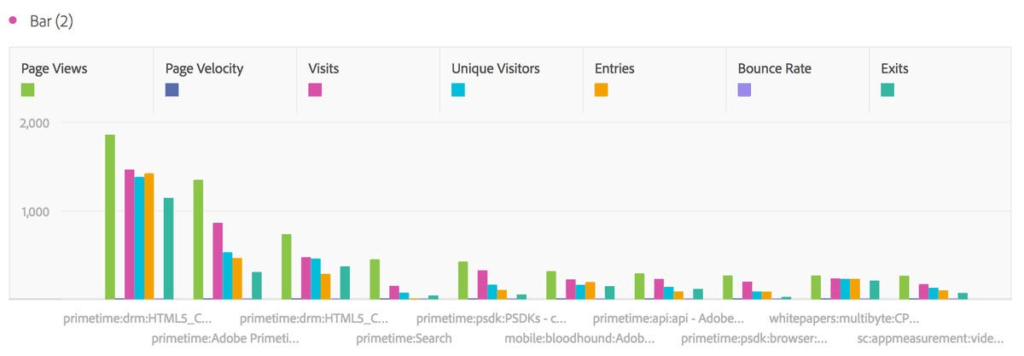
Page views and impressions are widely used terms in SEO, and they are mostly used when analyzing web analytics. However, some people are confused about these terms. Here is the basic difference between them: Page views refer to the number of times a particular page is viewed, while impressions refer to the number of times an element on a web page is viewed.
Pageviews Introduction
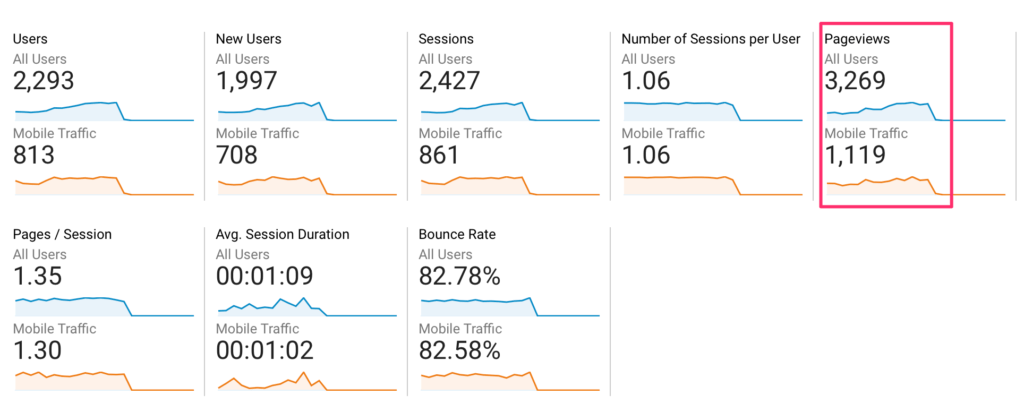
When someone visits a page on a website, it counts as one pageview. Every visitor to the site will generate at least one pageview. If that visitor clicks on another page, that counts as another pageview. At the end of the month, when analyzing the website’s performance, the average number of pageviews per visitor is calculated by dividing the total number of pageviews by the number of unique visitors. This gives an accurate count of pageviews per visitor.
The SEO team uses this pageview count to adjust their strategies for the website. If the pageview count is lower than expected, it indicates that something might be confusing or unappealing for the visitors, such as the design, content, or navigation, making the site less user-friendly.
Impressions

An impression differs from a pageview. Impressions refer to the number of times a specific element on a page, such as an image, text, video, or ad, is viewed. Impressions are crucial for advertisers, as they indicate how often their ad is seen on the website. Each time a visitor loads a page and the ad appears, it counts as one impression. These are usually calculated in sets of 1,000 impressions to determine the cost for advertisers.
Importance
Both pageviews and impressions are crucial metrics for assessing a website’s success. Low pageview counts often signal issues like poor website design, ineffective calls to action, low-quality content, or weak SEO. Analyzing these counts helps professionals gauge the effectiveness of their marketing campaigns and identify areas for improvement. Impressions, on the other hand, help companies determine the reach of their advertisements. By understanding how many people see their ads, businesses can strategize to target more potential customers and retain existing ones for better results.
How to Track Pageview and Impressions
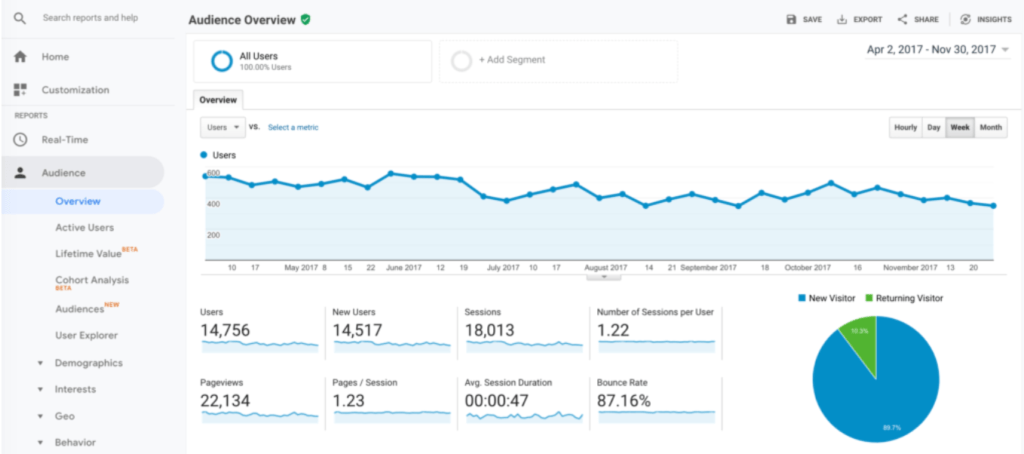
The process of tracking pageviews and impressions is very simple. It is done through a web analytics program like Google Analytics. One needs to sign up for an account and insert the piece of code generated by the tool. Additionally, all details of the business must be filled into the website analytics account, and the website should be regularly checked for tracking purposes.
The code inserted into the website will continuously monitor all kinds of behavior, allowing people to analyze what to do next and how to enhance their business by working on diverse behaviors calculated by the web analytics.
The Key Differences:
Here’s a breakdown to solidify the distinction:
- Scope: Page views look at the whole picture – how many times entire pages are loaded. Impressions zoom in on specific elements, like ads or images, on those pages.
- Counting: Page views track each time a page is accessed, even if it’s refreshed. Impressions count each time a specific element is displayed, regardless of user interaction.
Hit Blogging 4u can help! We’ll show you flexible ways to earn extra cash on your own time.
Why These Metrics Matter:
- Page Views: These are like popularity points for your website. They show how well you’re attracting and keeping visitors engaged. High page views indicate users are finding your content interesting and want to explore more.
- Impressions: Advertisers love impressions, because they reflect how many people potentially saw their ads. More impressions generally lead to a higher chance of users clicking on the ad.
FAQs – Page Views vs. Impressions
Q. Can one page view create multiple impressions?
Absolutely! If your website has several ads or images, each time the page loads, those elements count as separate impressions.
Q. Which metric is better for content engagement?
For understanding how much users are reading your content, focus on page views. They directly tell you how many times your content is being accessed.
Q. How can I boost both metrics?
To get more page views, create high-quality content that keeps users wanting more. To increase impressions, optimize your ad placements and make sure they’re relevant to your audience.
By understanding page views and impressions, you can gain valuable insights into your website’s traffic. This knowledge can empower you to create content that resonates with your audience and craft effective advertising strategies. So, go forth and analyze your website traffic like a pro!
Conclusion
In conclusion, page views and impressions are like two sides of the website traffic coin. Page views tell you how popular your overall content is, while impressions shed light on the visibility of specific elements like ads. By tracking both metrics, you can get a well-rounded picture of how users are interacting with your website. Remember, high page views indicate users are finding your content valuable, and high impressions for ads suggest they’re reaching a wide audience. Use this knowledge to keep creating engaging content and optimize your website to achieve your digital marketing goals!
Originally posted 2024-06-09 07:53:33.

